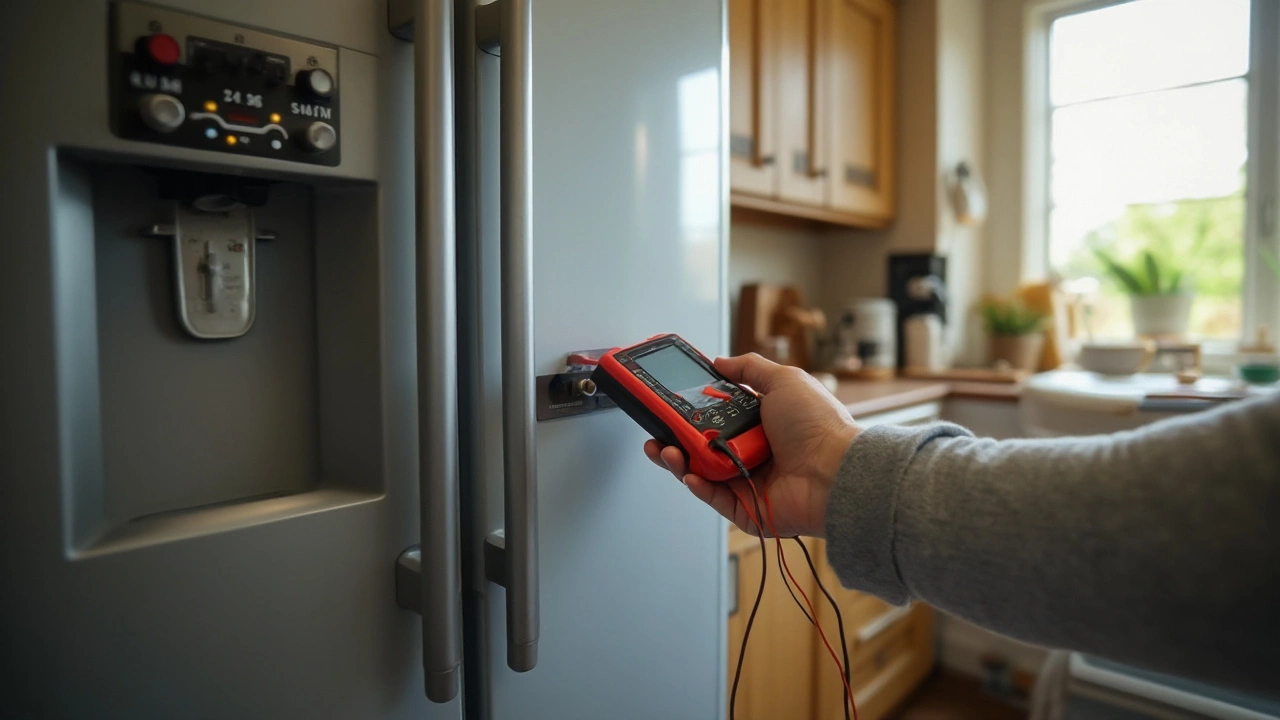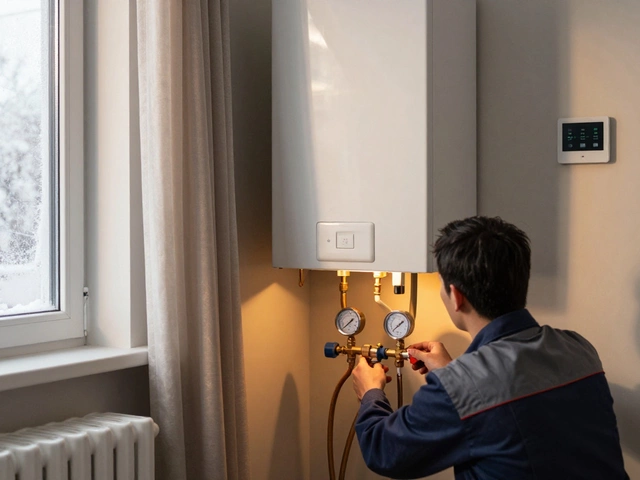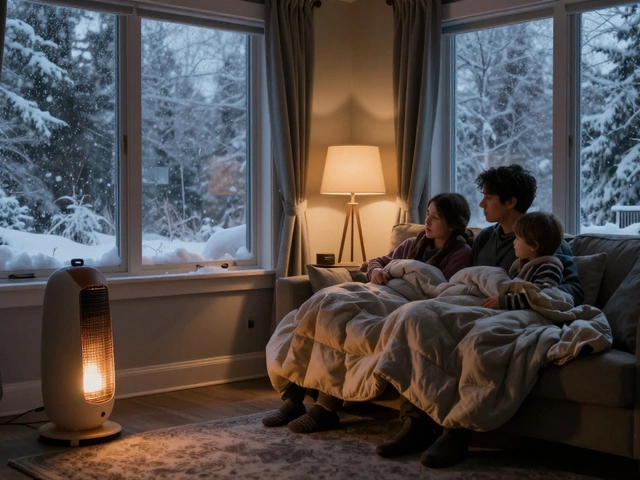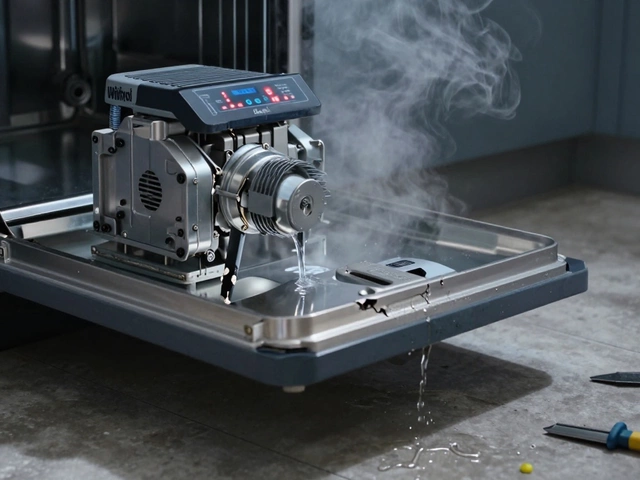Refrigerator Problems: Common Issues and Simple Fixes
If your fridge has stopped keeping food cold, you’re not alone. Most homeowners face a cooling hiccup at some point, and the good news is many of these problems are easy to diagnose and fix. Below we’ll walk through the top reasons a refrigerator might misbehave, what you can do yourself, and when it’s time to call in a professional.
Why Your Fridge Might Not Be Cooling
First, check the basics. Is the unit plugged in and the power outlet working? A tripped circuit breaker or a loose plug can look like a big problem when it’s really just a simple fix. Next, make sure the temperature control is set correctly – many people accidentally dial it too warm after cleaning the inside.
If power and settings are fine, the culprit is often one of three things: a dirty condenser coil, a clogged evaporator fan, or a failing thermostat. Dust on the condenser coils (the metal tubes on the back or underneath the fridge) forces the compressor to work harder, which can lead to poor cooling. Grab a vacuum or coil brush and give those coils a good cleaning every six months.
The evaporator fan sits behind the freezer compartment and circulates cold air throughout the fridge. If ice builds up around it or the fan blades get jammed, the fridge can lose its chill. Unplug the fridge, remove any visible ice, and spin the fan by hand – it should move freely. A faulty fan usually needs a replacement, which is a quick swap for most models.
When to Call a Pro
Some issues are best left to an experienced technician. A sealed system problem, like a refrigerant leak or a broken compressor, requires special tools and handling. If you notice water pooling inside the fridge, a loud buzzing noise that won’t stop, or the freezer is frost‑free while the fridge stays warm, those are signs of a sealed‑system failure.
Another red flag is a burnt‑out start relay. This small part helps the compressor kick on, and when it fails, the whole cooling cycle stops. Replacing a start relay is fairly inexpensive, but it does involve opening the back panel and handling electrical components – safety first.
Finally, if your fridge is older than 10‑12 years and repairs keep adding up, weigh the cost of a new, energy‑efficient model against continued fixes. Modern fridges use less power and often come with better warranties.
Bottom line: start with the easy checks – power, temperature setting, clean coils, and free‑moving fan. If those don’t solve the problem, consider the more technical issues and decide whether a DIY repair or a professional call makes sense. Keeping an eye on your fridge’s performance and tackling small fixes early can save you money and prevent food waste.
Fridge Repair: What Is the Most Common Refrigerator Fix?
- Alden Wilder
- Apr 30 2025
- 0 Comments
Ever wondered what usually goes wrong with home refrigerators? This article covers the most common fridge repair, why it happens, and what you can do about it. You'll find practical tips, quick checks, and advice to avoid unnecessary breakdowns. Learn how simple fixes can save you money—and when it's time to call in a pro. Stop letting your groceries (and sanity) slip away from a busted fridge.
View MoreTop Reasons Your Fridge Stopped Working and How to Fix Them
- Alden Wilder
- Jan 24 2025
- 0 Comments
Whether you're dealing with a silent refrigerator or one that's simply not cooling, understanding why a fridge stops working can save you from food spoilage and costly repairs. We'll explore common reasons why fridges fail, including thermostat issues, power supply problems, and obstruction of air vents. With practical tips and insightful guidance, this article aims to provide you with the knowledge you need to diagnose and potentially fix your refrigerator issues at home, tackling concerns with both ease and efficiency.
View More





